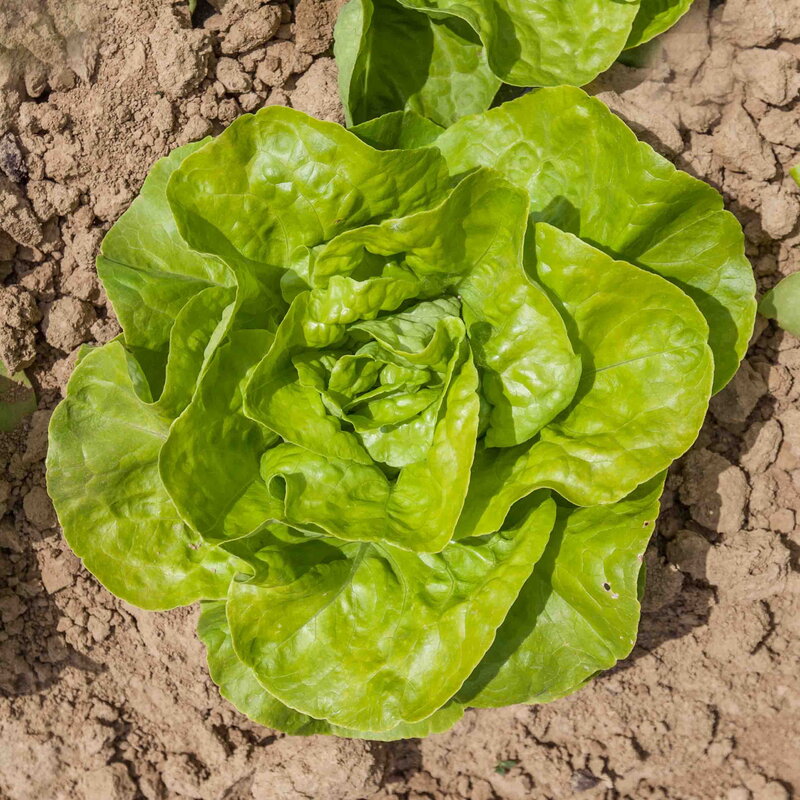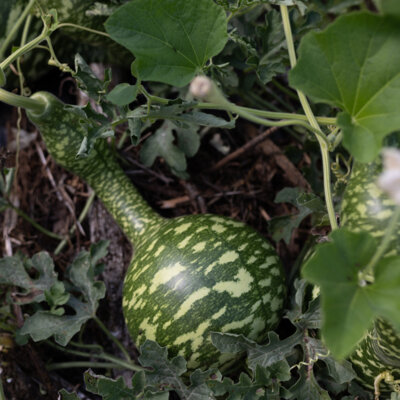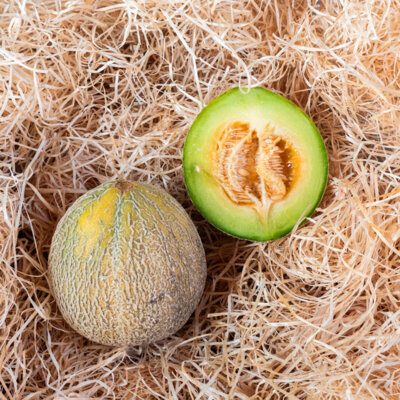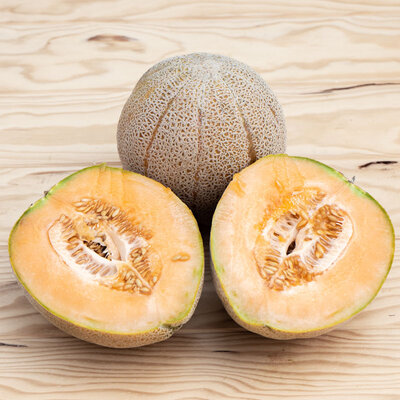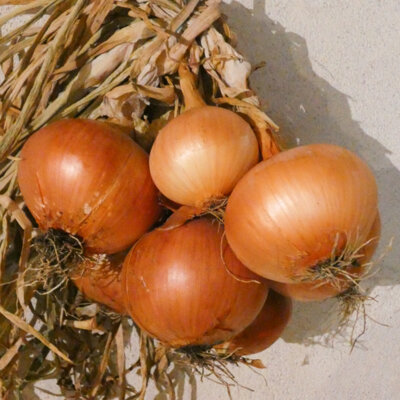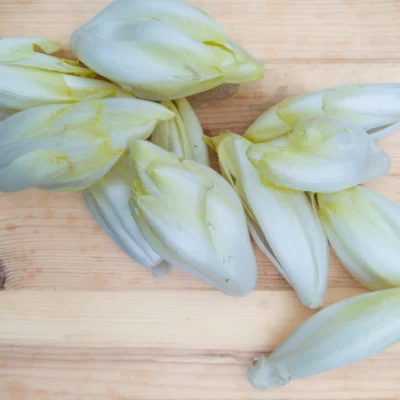Bourguignonne - Lettuce
Bourguignonne winter lettuce forms large, tall, rounded heads of a beautiful pale green color. This very hardy, early-growing and productive old variety adapts to a wide range of growing conditions.
Characteristics of Bourguignonne winter lettuce
Bourguignonne winter lettuce, Lactuca sativa, is an early variety of leafy vegetable native to France. Also known as "Grosse Blonde d'Hiver", it was mentioned in Vilmorin-Andrieux's 1885 book Les Plantes Potagères. This hardy variety offers a large, fairly tall head with waffle-shaped, pale-green leaves, whose juicy texture can be enjoyed raw in salads, but also cooked, stewed or braised to accompany a wide range of vegetables and meats.
Like Brune d'Hiver and Merveille d'Hiver lettuces, Pommée d'Hiver Bourguignonne is sown in late summer and harvested in early spring.
When to sow head lettuce?
The ideal sowing period is from August to September in pots under cover, and from September to October in the garden. It can then be harvested from January to April.
Seedlings should be sown one month before planting in the vegetable garden, at a temperature of between 15 and 21°C. Cover the lettuce seeds with a light layer of soil and keep the substrate moist until emergence. Transplant into the garden, 30 cm apart in all directions, once the plants have reached the stage of 4 true leaves.
Light sow directly in the ground, then thin out to 30 cm in all directions when the plants have 4 true leaves, to encourage harmonious lettuce development. Choose humus-rich soil and half-shade exposure. The very small seeds can be mixed with radish seeds to avoid over-dense sowing. Stagger sowing, every 15 days, to enjoy this lettuce for several months.
Lettuce companion plants in the vegetable garden
In the vegetable garden, this variety of lettuce thrives alongside many other plants, such as cucumbers, carrots, onions, radishes, cabbage , beet and strawberries.
How to eat Burgundian winter lettuce?
This winter lettuce is harvested as needed, from January to April. Although the leaves can be kept for a few days in the fridge, it's best to eat them immediately after picking to enjoy their freshness. Sweet and juicy, they can be eaten raw in salads, cooked braised or pan-fried, or in vegetable juices.
Rich in vitamins and minerals, lettuce plays a key role in cell renewal. Thanks to its fiber and water content, it also facilitates digestion and transit. In addition, the lactucarium contained in Lactuca sativa gives it calming properties, useful against insomnia and anxiety.
These products may also be of interest to you
Sow in pots or slabs, one month before planting. Cover the seeds with a thin layer of soil, press lightly and water. Once the plants have 4 leaves, prick out. You can also sow lightly, directly in place, in rows 30 cm apart, every 15 days, to stagger the harvest. Thin to 10 cm, then 30 cm.
Lactuca sativa
From 90 to 120 g
1 gram
France
1885
"Vilmorin-Andrieux "Les Plantes Potagères
Old French variety mentioned in the 1885 book "Les Plantes Potagères" by Vilmorin-Andrieux Vilmorin-Andrieux. Also known as "Grosse blonde d'hiver".



